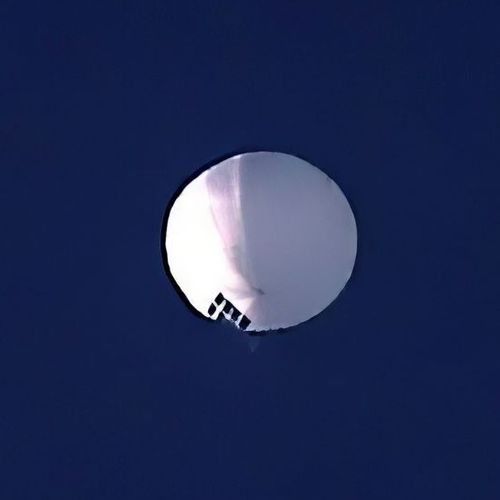
| Added | Tue, 31/01/2017 |
| Источники | |
| Дата публикации | Sat, 05/03/2016
|
| Версии |
Balloons(weather balloons)have long been an important tool: their startup is cheap, and the flights last a long time. Collecting the right information, at the height of the device burst. Scientific instruments after that they drop off the chute, either inside the main can be ball less, which slows the fall of the payload when the outer shell breaks.
February 27 students from the research group Earth to Sky Calculus launched a weather balloon to measure levels of space radiation. At the highest point of the flight, the balloon burst, and that was going to happen, and radiation sensors parachuted back to Earth. High-speed camera, located in the upper part of the payload, made some interesting pictures of the moment when the ball burst. These images illustrate new information about these balls.
Earlier, in October 2015, Sebastien Moulinet and Mokhtar Adda-Bedia from the Higher normal school in Paris published a study that presented the results of a series of fun but informative laboratory experiments, in which one after another burst balloons, and the process was analyzed. In the video you can see two ways that the ball could burst — or "open" when the balloon bursts with one break and the canvas remains more or less intact or in the "fragmentation" when it breaks a lot.
How exactly a balloon depends on the pressure on the rubber diaphragm when it is low, the gap will be the one when the high — set. So, judging by the pictures, balloons burst in fragmentation mode. It is hardly a surprise. When the balls run, the diameter is 1.8–2.4 m, according to Spaceweather.com. By the time when they reach the stratosphere, they extend to the sphere of the width of the house, because the higher the ball, the less pressure in the higher layers of the atmosphere it is less. The internal pressure in the balloon remains the same, it is not kompensiruet external pressure, the balloon is inflated more and shell torn.
Translated by «Yandex.Translator»
High-speed camera, located in the upper part of the payload, made some interesting pictures of the moment when the ball burst. These images illustrate new information about these balls.
Translated by «Yandex.Translator»
Новости со схожими версиями
Log in or register to post comments









